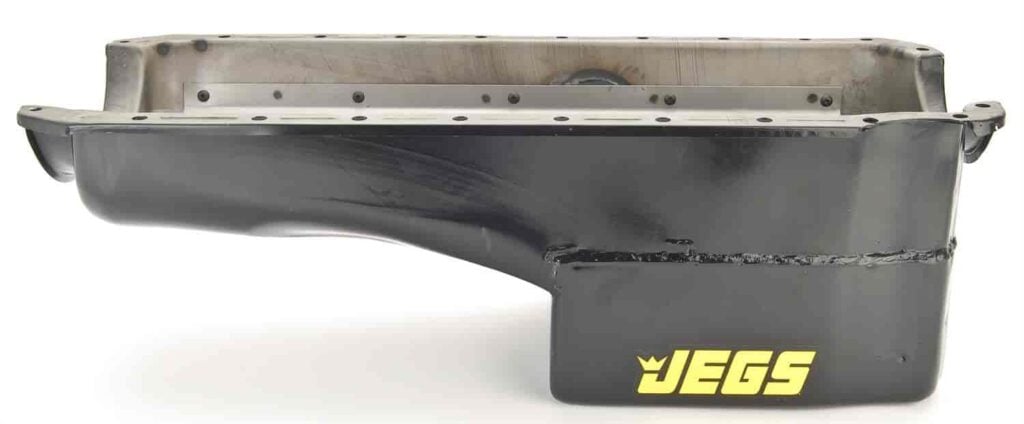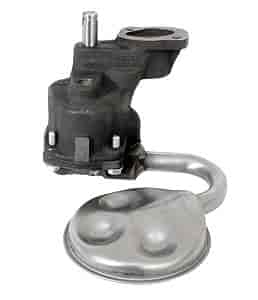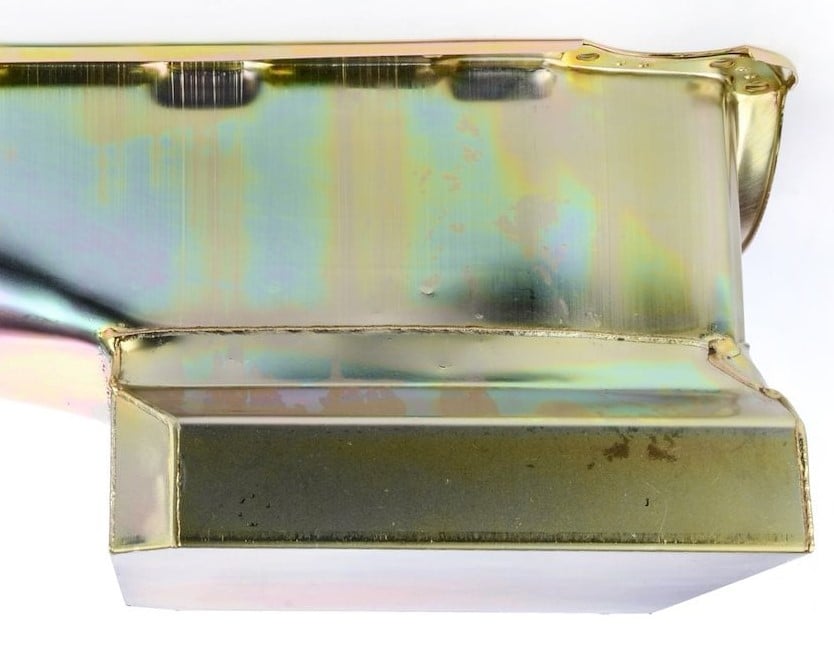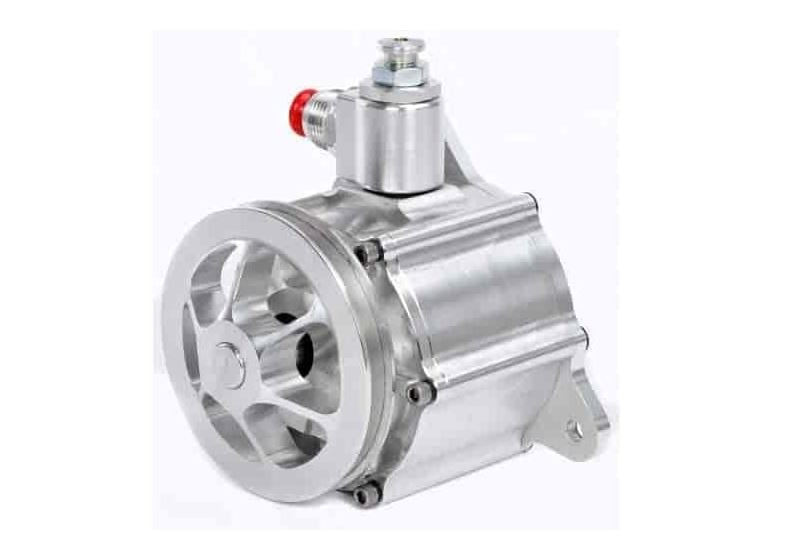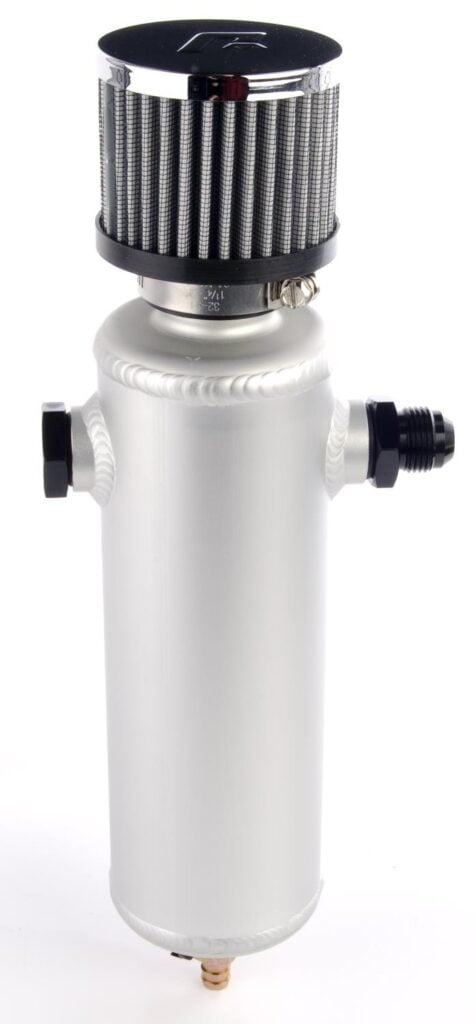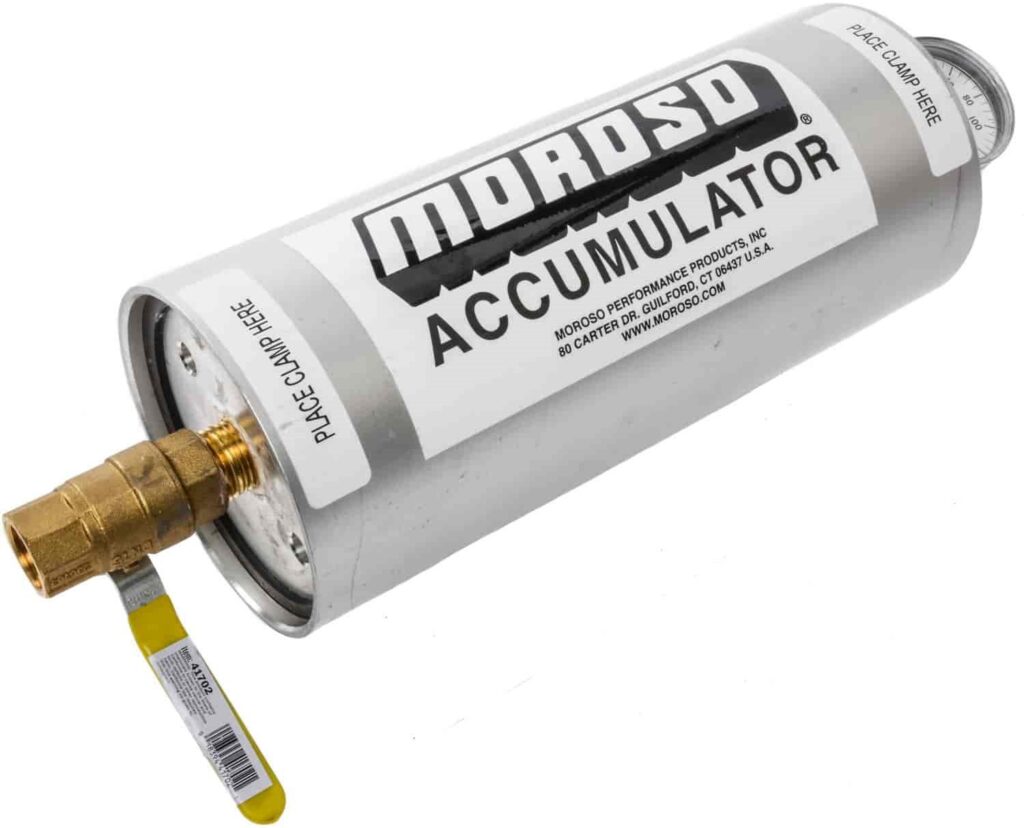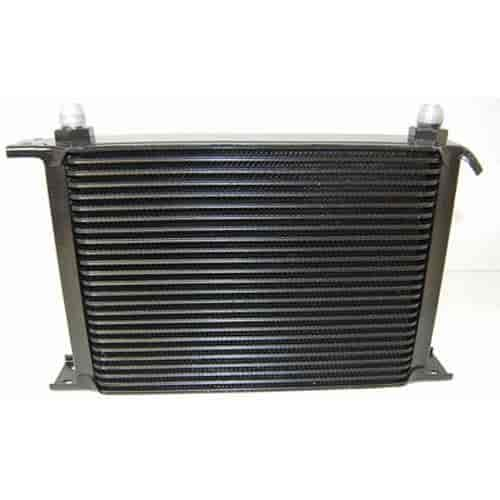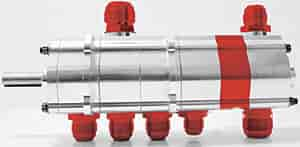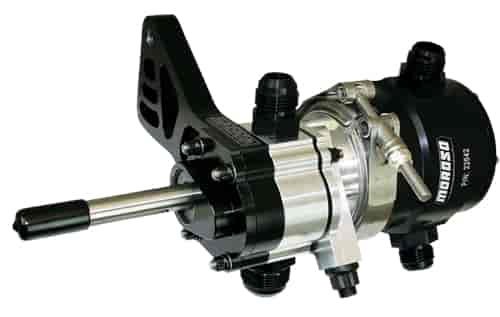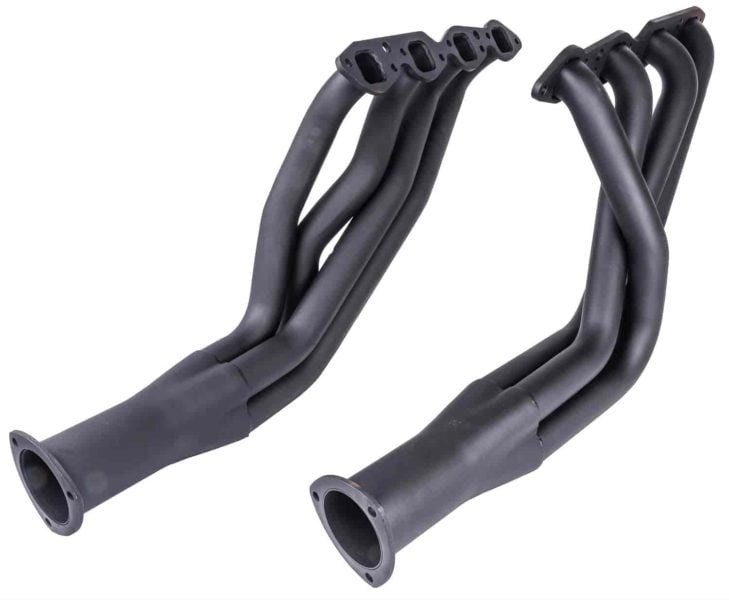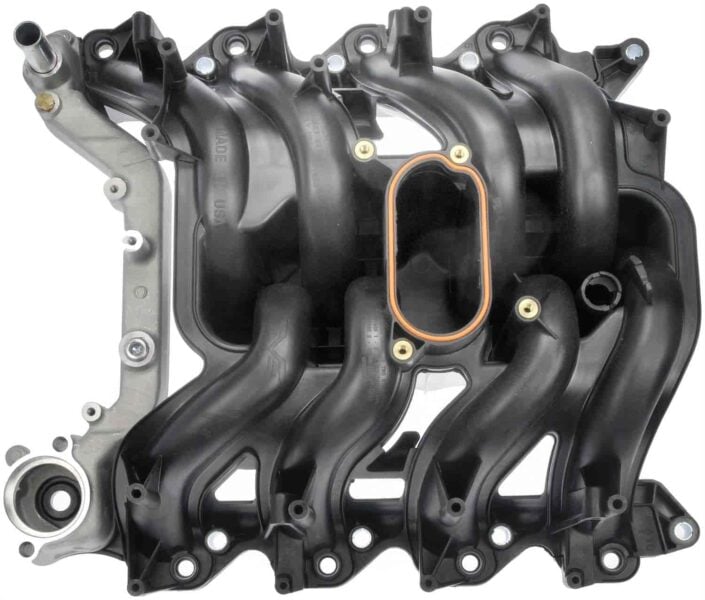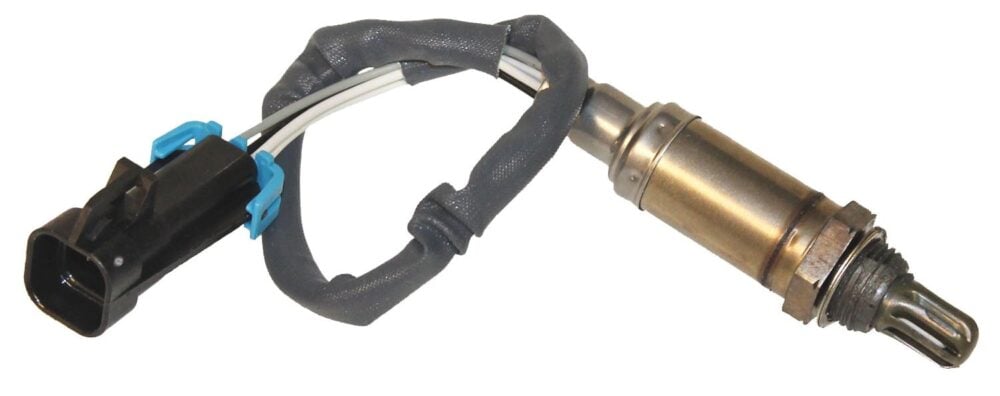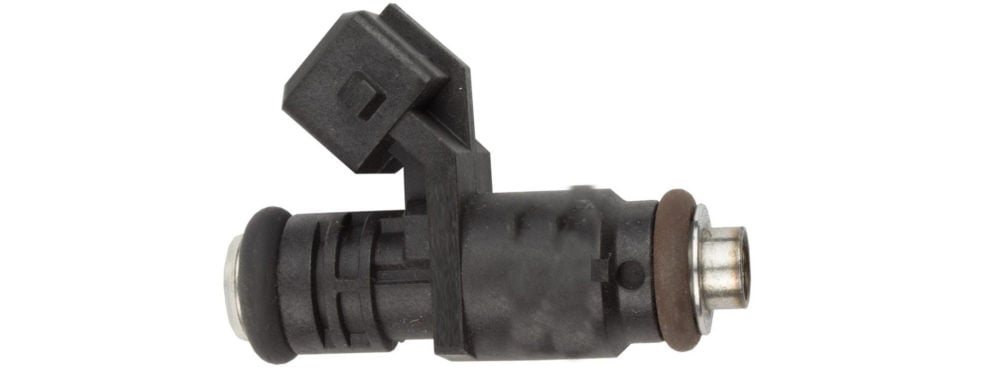If you’re looking to squeeze the most out of your car’s engine, it’s important to ensure it’s getting enough oil. This is where its lubrication system comes into play, dispersing motor oil to its various moving parts, such as the camshaft, bearings, pistons, etc.
Among other benefits, oil lubricates these components to prevent excess friction from building, which can be devastating on an engine’s performance and longevity.
There are two main types of lubrication systems available. Most vehicle’s use what’s known as a “wet sump” system, while others use a “dry sump” setup that’s more geared towards performance.
Does this mean you should go out and replace your wet sump with a dry system? Not necessarily, as there are pros and cons of each. To help you choose which oil setup is best for your performance needs, this article takes a closer look at dry sump vs wet sump systems.
Let’s get started.
What is a Wet Sump Oil System?
First off, if you don’t yet know what a “sump” is, it's essentially the base of an engine containing the oil used for lubrication.
In a wet sump oil system, the sump is part of the oil pan that sits underneath the engine. This design allows the oil to collect in the bottom of the pan after it has circulated through the engine, lubricating components such as the valvetrain, bearings, and pistons.
The oil is then drawn back up by the oil pump, filtered, and recirculated through the engine. This system is called wet sump because the oil remains within the sump when not in circulation.
Pros of a Wet Sump Oil System:
- Simplicity and Maintenance: Wet sump systems have a straightforward design with fewer components, making them easier to maintain and repair.
- Cost and Accessibility: They are cost-effective and widely used in daily-driver and passenger vehicles, ensuring parts and services are readily available.
- Weight and Space: Generally lighter than dry sump systems, they require less horizontal space, benefiting everyday and lower-performance vehicles.
Cons of a Wet Sump Oil System:
- Risk of Oil Starvation: Prone to oil starvation during aggressive driving due to potential oil slosh found in performance vehicles.
- Cooling and Capacity: Typically, have a lower oil capacity, leading to quicker heat saturation and reduced cooling efficiency.
- Ground Clearance: Larger oil pans may reduce ground clearance, not ideal for low-profile or off-road vehicles.
What is a Dry Sump Oil System?
A dry sump system is a step up in complexity and efficiency from its wet sump counterpart. Unlike the wet sump, where oil remains in a pan beneath the engine, a dry sump system uses a separate external reservoir to store oil.
In this system, one or more pumps remove used oil from the engine and transport it to an oil reservoir, keeping the sump dry—hence the name. This design allows for constant lubrication under almost all driving conditions, as oil is actively pumped through the engine, then cooled and filtered before being recirculated.
Dry sump systems are typically found in high-performance and racing vehicles, where consistent engine lubrication and cooling are key.
Pros of a Dry Sump Oil System:
- Lubrication Efficiency: Provides improved lubrication and reduces the risk of oil starvation, which is especially important in high-speed and performance scenarios.
- Cooling and Capacity: Features a larger oil capacity and external cooling, enhancing engine performance and longevity.
- Vehicle Dynamics: Enables a lower engine placement with decreased vertical space needed, improving the center of gravity and vehicle handling.
Cons of a Dry Sump Oil System:
- Complexity and Cost: More complex and expensive than wet sump systems due to more components, both in terms of initial setup and maintenance.
- Space and Noise: Requires more space for the external tank and plumbing, and can be noisier under the hood due to having extra pumps.
Choosing the Right Oil System for You
When deciding between a dry sump vs wet sump oil system, consider your vehicle's use, your budget, and your performance needs. Wet sump systems are more common, affordable, and simpler to maintain, making them suitable for most standard vehicles and everyday driving conditions.
However, if you engage in high-performance racing, frequent aggressive driving, or have a car with a low center of gravity, a dry sump system could offer the enhanced lubrication, cooling, and stability you need. This superior performance does come at a higher cost and complexity, making dry sumps less ideal for the average daily driver.
For the best experience, be sure to assess your driving habits and performance requirements carefully. Making an informed decision based on these factors will ensure you select the right oil system for your performance needs.
JEGS: For All Your Automotive Needs
And there you have it, a full rundown on wet sump vs dry sump oil systems. You should now have all the needed information to choose which lubrication system is best for you.
For all your automotive needs, consider JEGS, a leading supplier of performance auto parts, including oil system components. Feel free to browse our extensive selection and complete your order online.
Still have questions? Contact our team today.
